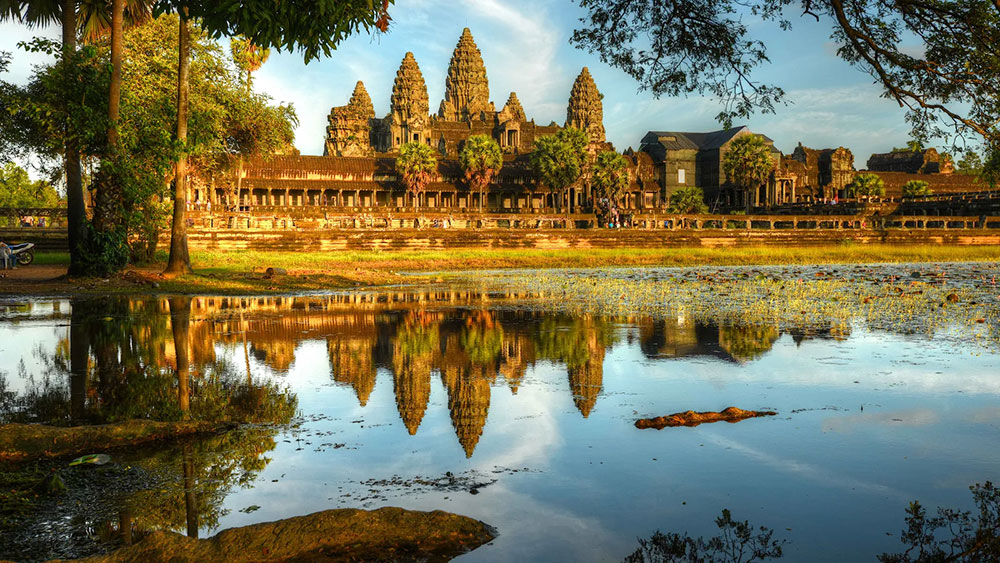Every April during Khmer New Year celebrations, Sophy Peng, her four siblings and parents make the pilgrimage to Cambodia’s most sacred mountain, Phnom Kulen. As the birthplace of the mighty Angkor Empire, fabled Kulen’s gentle slopes hold a special place in the hearts of locals.
During religious festivals, Cambodians flock to its peak to be blessed by the same waters used to coronate kings since 802 AD. This was when empire founder Jayavarman II was washed with sacred water and declared a devaraja or God King, marking the start of the Angkor Empire. The empire went on to span much of modern-day Cambodia, Laos, Thailand and Vietnam, and house the world’s largest pre-industrial urban hub – the city of Angkor.
To immortalise this sacred spot that sits about 50km north of Siem Reap city, 1,000 lingas – a phallic symbol incarnation of the Hindu god Shiva – were carved into the riverbed at Kbal Spean, where water flows to the Angkor plains and into the Tonle Sap Lake. Even today, this water is regarded as sacred, and its power is believed to cure illnesses and bring luck.
In full: https://www.bbc.com/travel/article/20211201-angkor-asias-ancient-hydraulic-city




